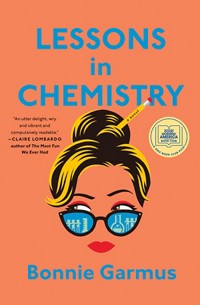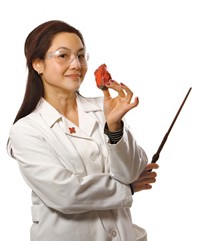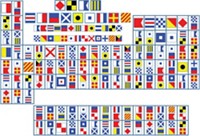Advertisement
Grab your lab coat. Let's get started
Welcome!
Welcome!
Create an account below to get 6 C&EN articles per month, receive newsletters and more - all free.
It seems this is your first time logging in online. Please enter the following information to continue.
As an ACS member you automatically get access to this site. All we need is few more details to create your reading experience.
Not you? Sign in with a different account.
Not you? Sign in with a different account.
ERROR 1
ERROR 1
ERROR 2
ERROR 2
ERROR 2
ERROR 2
ERROR 2
Password and Confirm password must match.
If you have an ACS member number, please enter it here so we can link this account to your membership. (optional)
ERROR 2
ACS values your privacy. By submitting your information, you are gaining access to C&EN and subscribing to our weekly newsletter. We use the information you provide to make your reading experience better, and we will never sell your data to third party members.
Science Communication
Newscripts
C&EN scenery and teaching with chemistry puns
by Andrea Widener
January 21, 2023
| A version of this story appeared in
Volume 101, Issue 3
C&EN’s big-screen debut

Newscripts was shocked—shocked!—when we learned that C&EN appeared in the 1990 Tim Burton sensation Edward Scissorhands. The eagle-eyed partner of former C&EN staffer Alexandra Taylor spotted it while watching the classic recently.
The movie tells the tragic tale of Edward Scissorhands, played by a young Johnny Depp. Edward was a creation of The Inventor, who built the human-robot from parts in his eccentric workshop-cookie-making factory. Edward was initially given scissors for temporary hands, taken from one of the working robots. Sadly, The Inventor died before he could replace them with real hands. When Edward is retrieved from his hilltop estate by a makeup salesperson, he struggles to fit into a cookie-cutter 1950s neighborhood.
C&EN appears in a flashback a little over 38 min into the movie. The scene shows a workbench full of quirky parts and old books that belong to The Inventor, played by Vincent Price. The featured C&EN is a worn, red-bound edition with gold lettering that contains issues from July to December 1946 and appears alongside several other medical and engineering books. The top half of Edward is sitting on the bench in front of the books and a few birdcages, listening as The Inventor teaches him about etiquette.
How did C&EN end up in that pivotal scene? Set designer Cheryl Carasik remembers imagining what the work space would be like when he created Edward, and she knew he would have lots of books. She called a local bookstore and asked for volumes that would befit “a man with a great, great love for invention,” Carasik tells Newscripts. The bookstore provided 2.5 meters worth of books, including several bound library copies of C&EN. Carasik picked out the ones she thought fit best. She then mixed in more industrial-looking and unusual pieces.
Carasik didn’t realize that the scene would be a close-up—if she were designing for a similar close-up now, she’d have to get each publisher’s permission. (Newscripts knows that pain, having spent a month getting sign-offs from Johnny Depp and Disney, which now owns 21st Century Fox, to use C&EN’s picture from the film.) But 30-plus years ago, “it was free rein,” says Carasik, who has also designed scenes for inventors in movies like Batman Returns and Ghostbusters II. “So we went ahead and put them on the set.”
A quick perusal of C&EN’s copy of the 1946 collection featured in the movie does reveal some interesting topics—including an eyewitness account of an atomic bomb explosion in the Pacific and a report on the stability of penicillin. But it doesn’t give much insight into how to make your own sentient robot.
Puns in the classroom

Nick Thomas might be able to help your students appreciate chemistry humor. In an article for the Science Teacher, Thomas lays out some of his favorite chemistry puns for the classroom.
“You can’t launch into a 60-min stand-up comedy routine and effectively hope to teach chemistry,” Thomas, a chemistry professor at Auburn University at Montgomery, tells Newscripts. “But if you just use it occasionally, I think it can be effective.”
The key to pun success? “They have to know the science before you attempt the humor,” Thomas says. For example, you can’t state that you’re feeling sorry for copper sulfate unless the students know that it is blue. And they need to know that urea is the main by-product in urine before you claim that it is going to waste. Even then, one-liners might not fly. “Some classes, they just roll over on the floor laughing with humor. And others, they just sit there roll their eyes and scratch their heads,” he says.
Hopefully, though, humor will help get students’ attention, he says. “They’ll remember a chemical fact that they might otherwise have forgotten.”
Please send comments and suggestions to newscripts@acs.org.





Join the conversation
Contact the reporter
Submit a Letter to the Editor for publication
Engage with us on Twitter